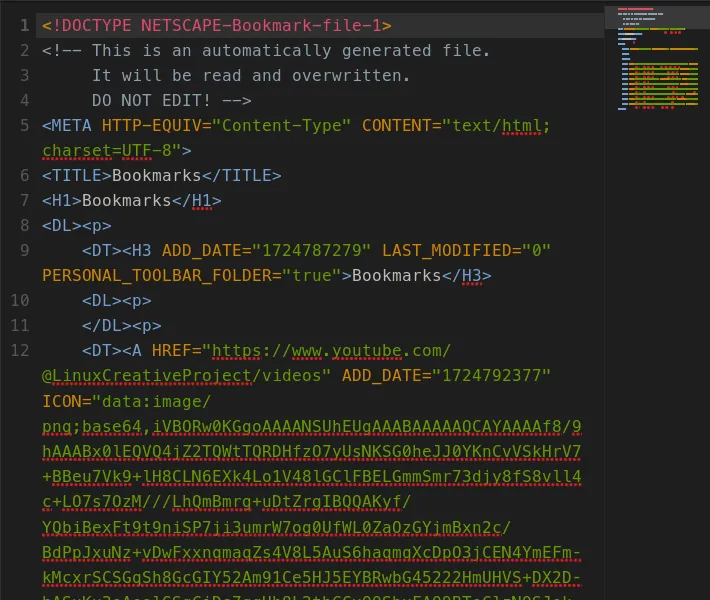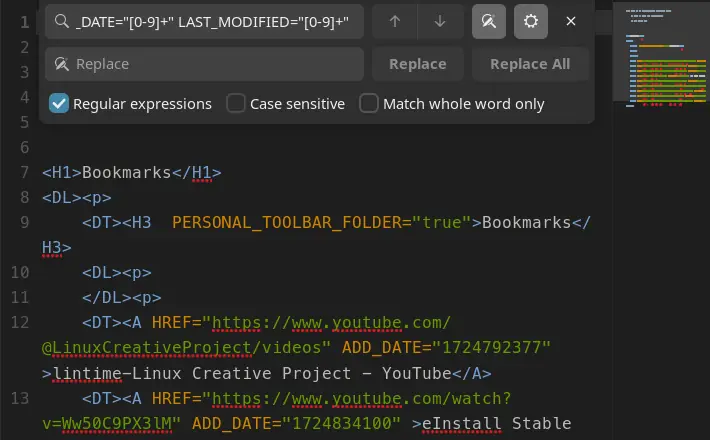Streamlining Browser Setup After a Fresh Linux Install
If you’re like me, you don’t hesitate to give your Linux system a fresh start. I reinstall my operating system at least once a month, but not for the usual “distro hopping” reasons. Instead, I prefer a clean slate after finishing major projects. It helps to keep my system in top shape, and it’s surprisingly quick – a fresh install takes me about 10 minutes, and another 10 minutes to set up my workstation for the next project.
However, there’s one thing that I don’t look forward to: reconfiguring my browsers. Since I use at least two browsers daily, it’s important to get everything set up just right. For web design and WordPress development, I rely on Firefox, and for general web browsing, I use Brave. Firefox is pretty straightforward to configure for maximum privacy – just a few tweaks and I’m good to go. But Brave? It’s a different story.
Brave Browser and the Privacy Setup Challenge
Brave’s security and privacy settings are extensive, and it can take a fair amount of time to get everything just right. Sure, it has a lot of great features out of the box, but unlike Firefox, Brave’s settings require more time to tweak. This isn’t a huge issue, but when you reinstall Linux often, the repetitive task of configuring Brave is a little frustrating.
So, to make my life easier, I found a neat solution: I back up my Brave profile. When I log into a freshly installed Linux system, I simply overwrite the Brave directory with my backup, and voilà! All the settings and custom configurations are immediately restored. All I have to do is import my bookmarks and passwords, and I’m set.
How to Back Up the Brave Profile Directory
To do this, you need to back up the Brave profile directory, which contains all of your personalized settings, disabled features, and privacy configurations. Here’s the location of that directory:
~/.config/BraveSoftware/Brave-Browser/When you back up this folder, you essentially capture everything—your privacy and security preferences, extensions, and any other customizations you’ve made. The next time you reinstall Linux, just copy the backed-up folder back into its original location, and you’re good to go.
Cleaning Up Exported Links with Regular Expressions

For those of you who export links from Brave (or any other browser), you might have noticed that the exported file comes with a lot of unwanted extra data—stuff that clutters your clean export. This is where regular expressions (regex) come to the rescue, especially if you’re looking to clean up your link dump. I often want to view my bookmarks as a simple HTML page, so removing this unnecessary bloat is essential for clarity.
Here’s how I do it:
- Open the Exported File:
First, export your links from Brave as a CSV file. Then, open the file with a text editor like Gnome Text Editor. It’s a simple but effective tool for quick editing. - Use Regular Expressions to Remove the Bloat:
In Gnome Text Editor, go to Find > Find and Replace. In the Find box, select Regular Expression (small cog wheel). The goal is to identify and delete the unnecessary information while keeping the URLs intact.
I use the following regex patterns to remove the unwanted SVG code and keep only the useful information:
Remove metadata and DOCTYPE:
<!DOCTYPE.*?>|<META.*?>|<TITLE>.*?</TITLE>Replace with: (empty)
Remove SVG icon data:
ICON="data:image/png;base64,.*?"
Replace with: (empty)
Remove unnecessary attributes:
ADD_DATE="[0-9]+" LAST_MODIFIED="[0-9]+"
This will leave you with a clean list of URLs, removing all the extra metadata that came with the export.
Replace with: (empty)
After applying these regex replacements, your HTML file should contain only the essential bookmark information.

A Final Word on Backups and Fresh Installs
Before you go off and try this technique, here’s a piece of advice: Always back up your important data before reinstalling any Linux distribution. It’s easy to forget a configuration or directory, and that can lead to losing valuable settings or files. For me, that’s not a worry—I’m diligent about my backups, and all of my work is stored on LUKS encrypted drives. All important data is stored in three different locations, so no matter what happens, my system and work files are secure.
As for Manjaro, it remains one of my favorite distributions, especially for those who want a rolling release with a highly customizable and stable environment. But for this round of testing, I’m going to try out Ubuntu 24.10. The new version has impressed me, just like Ubuntu 23.10 did last year when I temporarily installed it on my Zephyrus G15 while vacationing in Europe. I look forward to testing its latest improvements and seeing how it performs on my Dell workstation.